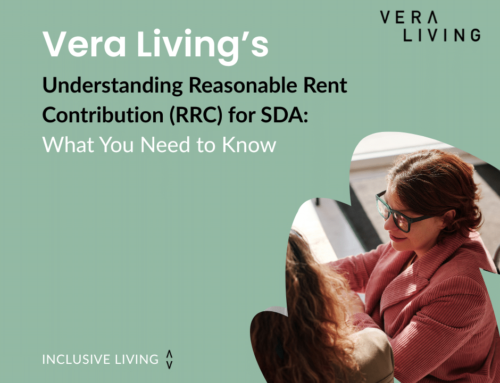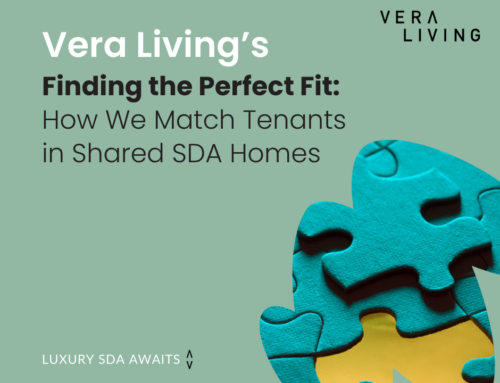When building Specialist Disability Accommodation to the High Physical Support level, dimmable lights are required in living areas and bedrooms for general comfort in the home under the SDA Design Guideline. This is a great outcome of course, and we are hoping to see a lot of providers incorporating this with their wider assistive technology system, rather than just including a rotary dial on the wall.
Digging into this a little further however with a quality electrical contractor may reveal that achieving this outcome is a little trickier than it appears on first blush. This is because of a widely unknown phenomenon called a ‘ripple effect’.
A ripple effect can be detected in the home when your lights start to flicker, which is a result of electricity suppliers in Australia reducing the amount of energy in certain areas due to on-peak demand for electricity. You may also hear this effect happening if you have ceiling fans, with a low hum that is emitted when it is receiving a decreased electrical current. This is particularly relevant with dimmable lights, because the amount of electrical current being siphoned into the light is already being manually reduced in the home, meaning that they can flicker unexpectedly during peak periods. This can pose a serious problem for SDA tenants with epilepsy, heightened light sensitivity or other eye conditions. Making dimmable lights a requirement in High Physical Support homes without a safeguard for this adverse effect therefore requires proactive action.
The additional complication with the ripple effect is it is incredibly difficult to know if your house will be subject to this phenomenon until after the house is built. The house can be connected to a different power main than the neighbouring house, and overall power draw (use of electrical current by other appliances such as air-conditioning) both impact whether the ripple effect will occur. Therefore, the main post-build solve for this is the installation of a load bypass device on the circuit, which can be very costly.
A more cost effective and intuitive solution however is to integrate dimmable permissions with the assistive technology package, to allow a tenant to disable the dimming function (allowing lights to operate at full wattage) until a ‘ripple signal filter’ can be installed. This will ensure there is no gap in time where every afternoon at on-peak electricity demand, the lights in the house may flicker.
—
Vera Living strives to deliver innovative and stylish homes to every SDA participant and is always available to discuss our research into industry best SDA builds.







